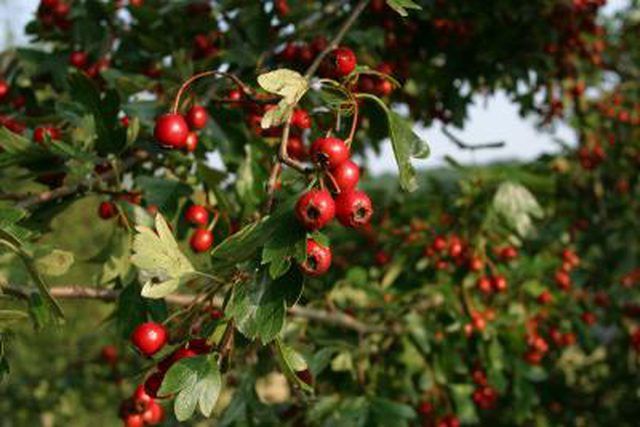Bulbs
Flower Basics
Flower Beds & Specialty Gardens
Flower Garden
Garden Furniture
Garden Gnomes
Garden Seeds
Garden Sheds
Garden Statues
Garden Tools & Supplies
Gardening Basics
Green & Organic
Groundcovers & Vines
Growing Annuals
Growing Basil
Growing Beans
Growing Berries
Growing Blueberries
Growing Cactus
Growing Corn
Growing Cotton
Growing Edibles
Growing Flowers
Growing Garlic
Growing Grapes
Growing Grass
Growing Herbs
Growing Jasmine
Growing Mint
Growing Mushrooms
Orchids
Growing Peanuts
Growing Perennials
Growing Plants
Growing Rosemary
Growing Roses
Growing Strawberries
Growing Sunflowers
Growing Thyme
Growing Tomatoes
Growing Tulips
Growing Vegetables
Herb Basics
Herb Garden
Indoor Growing
Landscaping Basics
Landscaping Patios
Landscaping Plants
Landscaping Shrubs
Landscaping Trees
Landscaping Walks & Pathways
Lawn Basics
Lawn Maintenance
Lawn Mowers
Lawn Ornaments
Lawn Planting
Lawn Tools
Outdoor Growing
Overall Landscape Planning
Pests, Weeds & Problems
Plant Basics
Rock Garden
Rose Garden
Shrubs
Soil
Specialty Gardens
Trees
Vegetable Garden
Yard Maintenance
Four Main Parts of a Plant
Four Main Parts of a Plant. Every plant is made up of four essential parts that scientifically classify it as a plant. Each of these four parts plays an important role in helping the plant to grow and thrive. While you may have learned about the four parts of a plant back in elementary school, a refresher course on those parts can help you remember...
Every plant is made up of four essential parts that scientifically classify it as a plant. Each of these four parts plays an important role in helping the plant to grow and thrive. While you may have learned about the four parts of a plant back in elementary school, a refresher course on those parts can help you remember how to nourish your plant so that it grows stronger with the proper care and TLC.
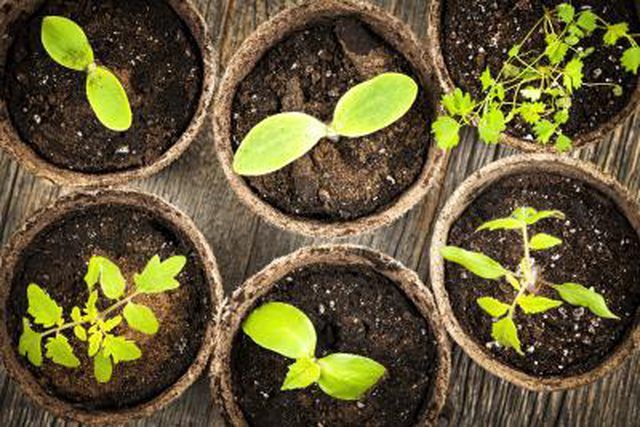
You may think that roots just help the plant to stand up straight by gripping into the soil, but their job is much more important than that. The roots are the lifeblood of the plant, absorbing water and minerals from the soil. Roots are the first part of the plant to develop, as nothing else in the plant can develop without them. Roots also act as a storage house for the plant for leaner times, such as when you go on vacation and forget to water them.
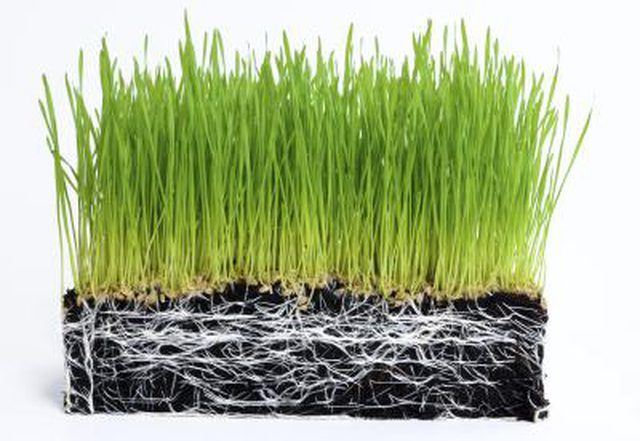
Stems make up the long, inner plumbing pipes for the plant. While the roots absorb the minerals and moisture from the soil, the stem carries those minerals and water up to the top of the plant. You'll notice that stems can vary widely in terms of material; some may be flexible and pliable, while some will be fixed and even hard, like a tree trunk. The stem is one of the hardest working parts of the plant.
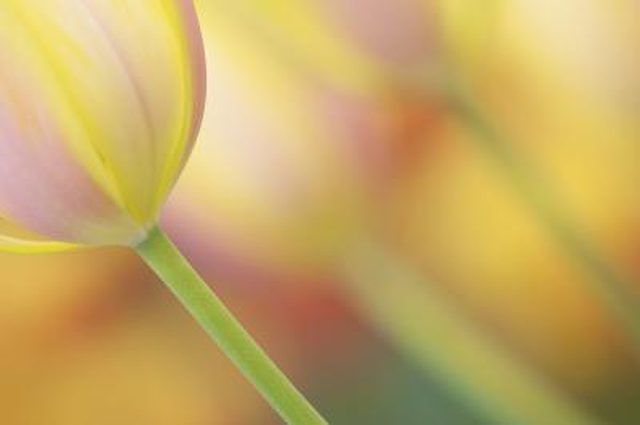
The leaves are the essential food producers for the entire plant. The nutrients and minerals are absorbed by the roots and then carried to the leaves by the stem. The leaves then use the chlorophyll, which is the green pigment in the leaves, and a process called photosynthesis to use the energy from sunlight to create a glucose that feeds the plant. The leaves also release oxygen into the air, which animals need.
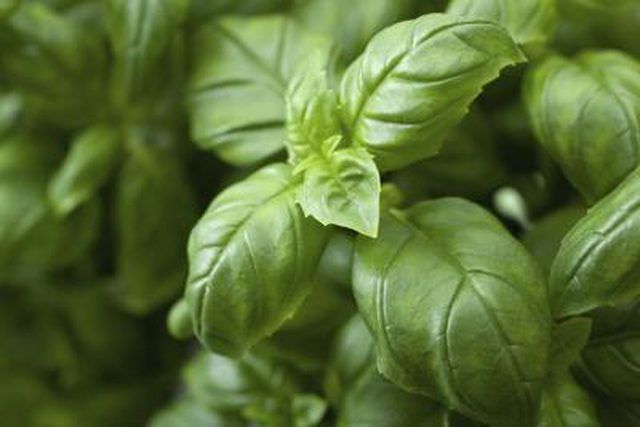
While not all plants produce flowers, most do produce seeds so that the plant can reproduce. The flower is the part of the plant that produces seeds. While they may be pretty to look at, they hold a higher purpose in producing small eggs that when fertilized by pollen can become fruit, something that you probably enjoy every day. While you may find bees a bother, they help the growth of flowers by spreading the pollen that flowers need to be fertilized.
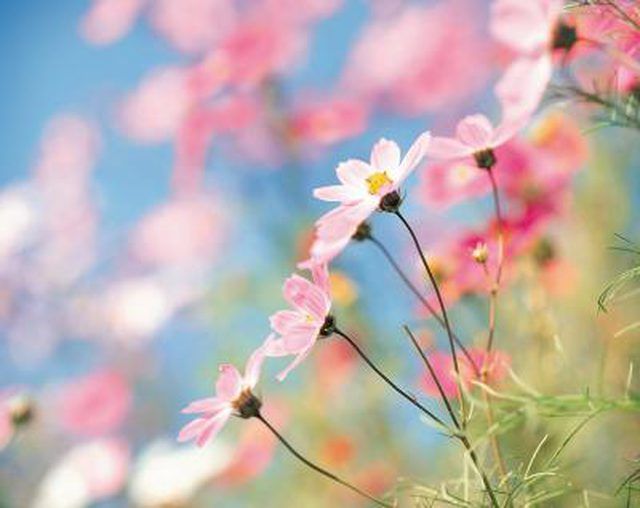
Not all plants create fruit, but you can find many of those that do in your backyard garden. Think about tomatoes, carrots, even fruit trees like apple trees and orange trees, that are all products of successful plant growth and fertilization. Together, the four parts of the plant create the air that we breathe, flowers to enjoy and food to eat.
